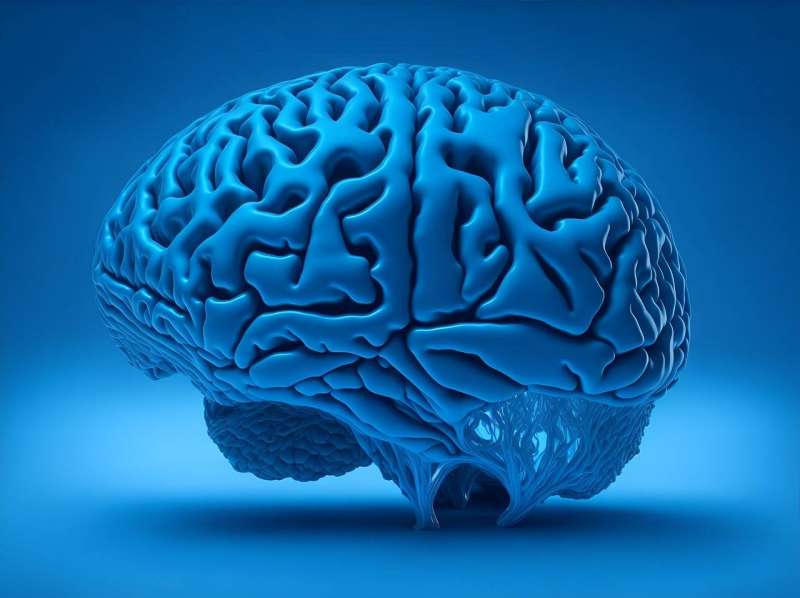New research has found that the brain sends a special signal before a person lies, or makes an unintentional lie.
This discovery was made by a group of scientists from the Computer Memory Laboratory at the University of Pennsylvania and the University of Chicago, who were studying the hippocampus, which is part of the brain, according to Russia Today.
The hippocampus is a complex structure within the temporal lobe of the brain known to be involved in memory and retrieval of items.
While previous studies have demonstrated the role of the hippocampus in memories, scientists sought to discover whether it can tell the difference between true and false memories. False memories are not as distinct as natural and intentional lies.
Alternatively, false memories can occur when people remember events differently, such as by confusing what they ate for breakfast or what cup they drank from.
In the latest study, published in the journal PNAS, scientists found that the hippocampus is able to distinguish between false and real memories – all thanks to electrical signals.
In order to measure this, the researchers looked at electrical activity in the hippocampus of people with epilepsy.
These patients already had electrodes implanted to measure and track seizures.
Throughout the experiment, the researchers asked people to study a list of words and then remember them after a rest period. Before studying the words, they were actually shown a separate list, in an attempt to trigger a false memory.
When participants remembered the list – and incorrectly listed the list that did not appear – the researchers observed electrical activity in the hippocampus.
The rhythm, which lasted less than a second, changed as words were inserted correctly or incorrectly.
Noah Herz, an assistant professor of neuroscience at Thomas Jefferson University and a former postdoctoral fellow in Kahane’s lab at the University of Pennsylvania, and the study’s lead author, said in a statement that the results “allowed us to more precisely and directly measure the neural signals generated in deep brain structures, thereby “The activity we get is becoming more specific.”

